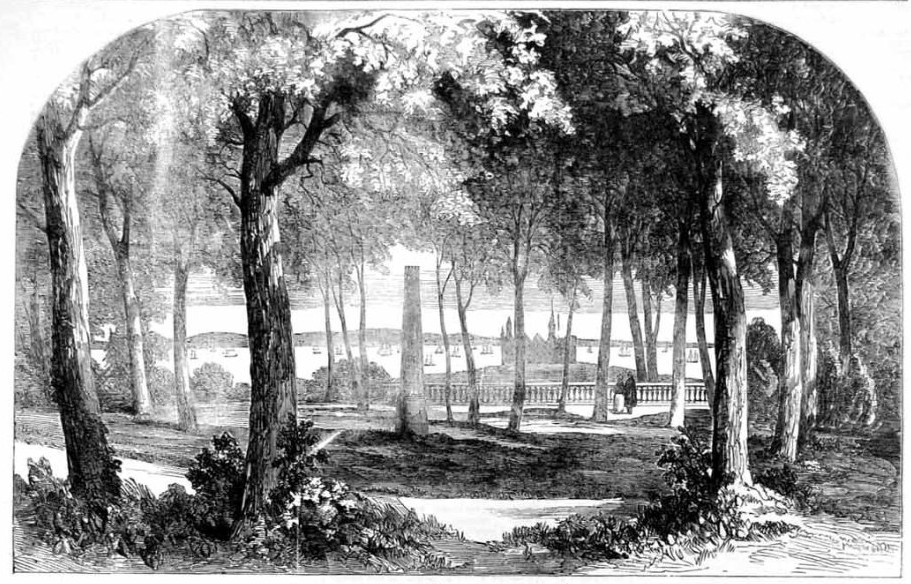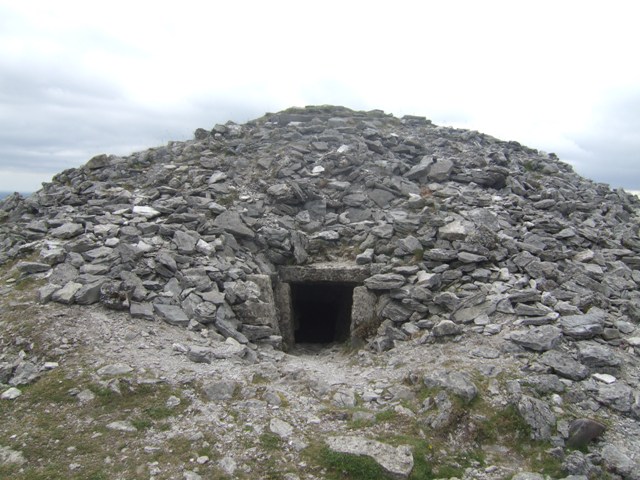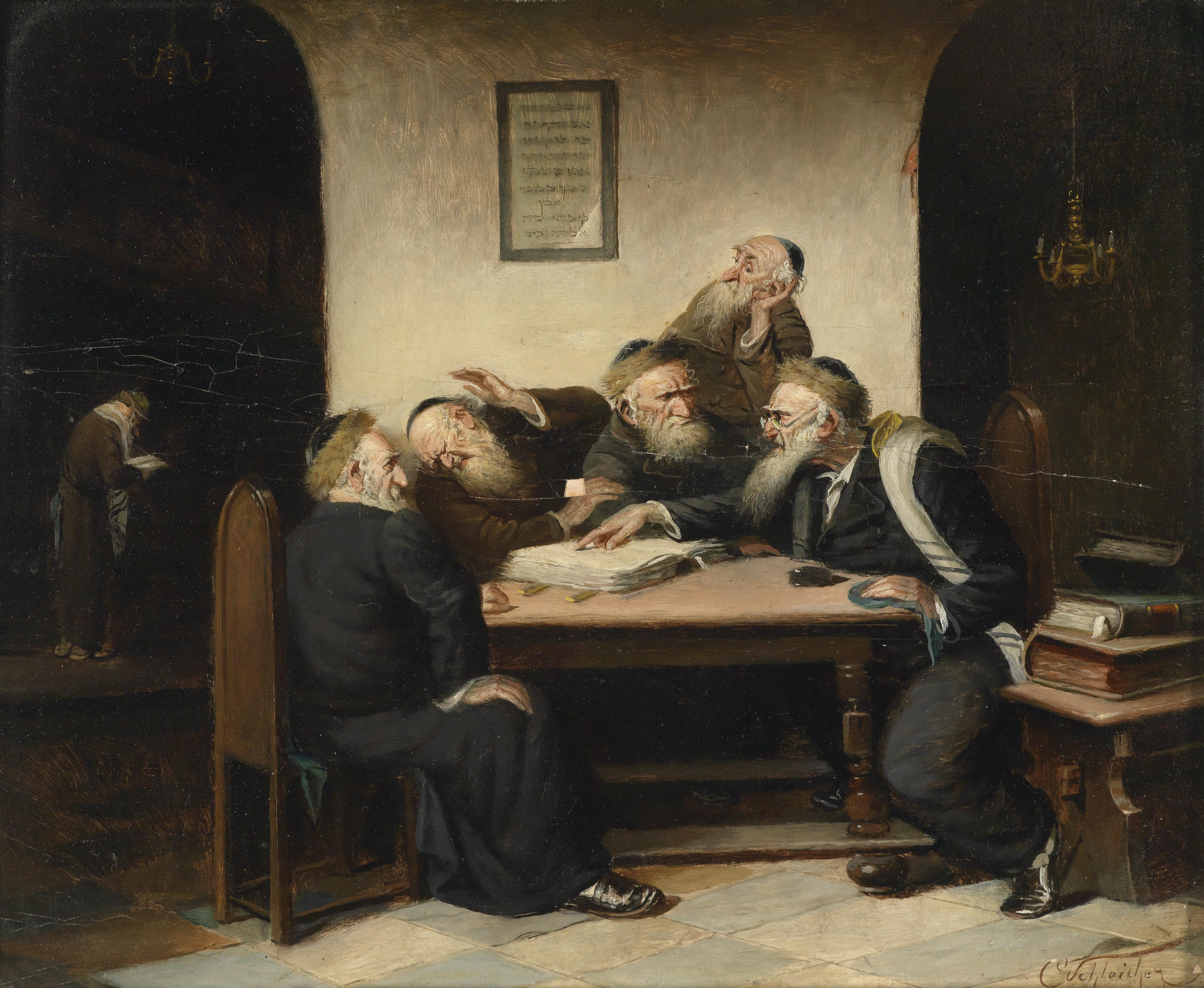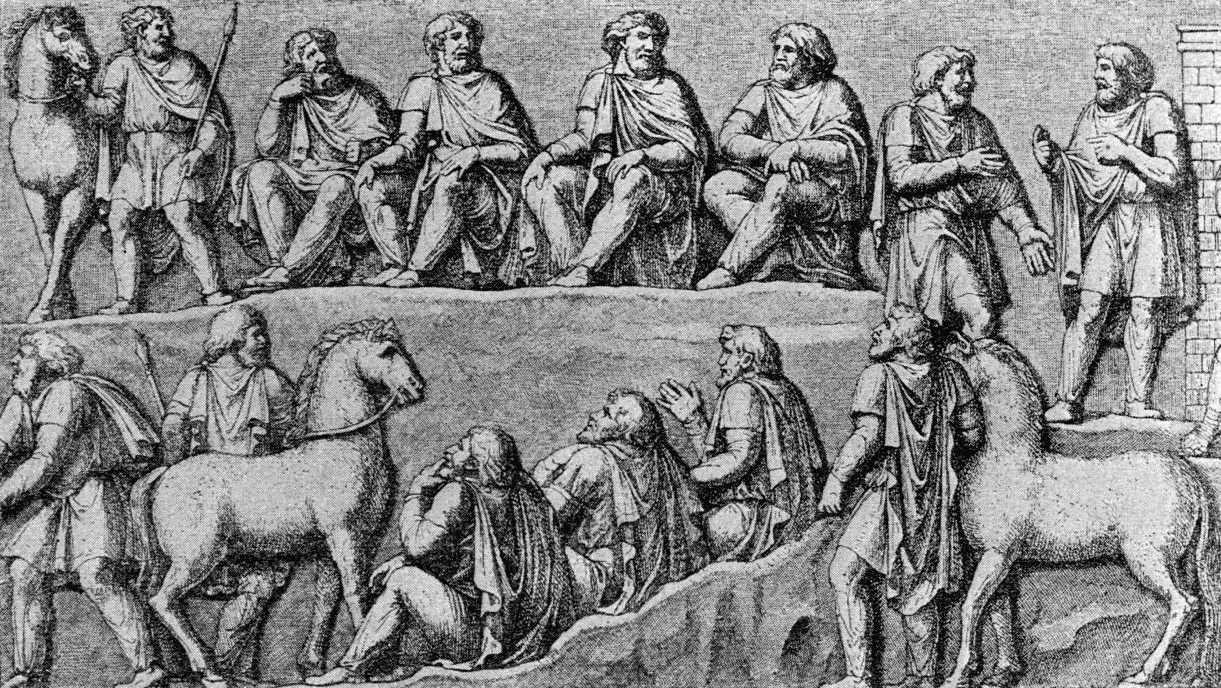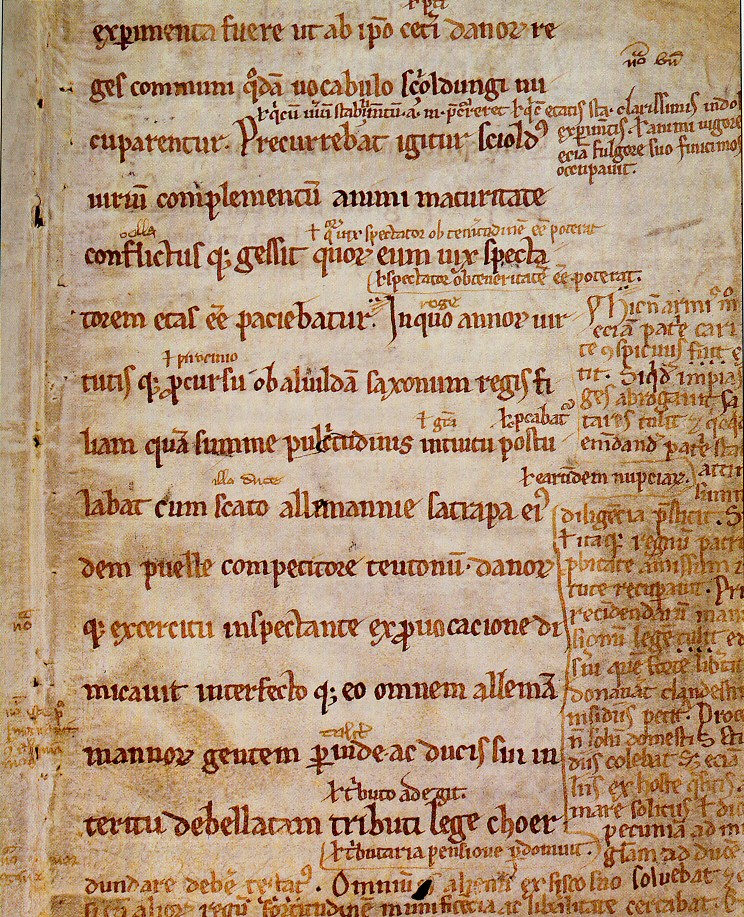|
Hamlet's Grave
There are two sites in Denmark presented as Hamlet's Grave (''Hamlets Grav''), the burial site of Amleth (''Amlethus, Amlodi, Amblett''), the Jutish chieftain of historical legend on whom Hamlet, the hero of Shakespeare's tragedy was based; one is in the grounds of Marienlyst Castle in Helsingør, the other is a Bronze Age tumulus in Ammelhede, Randers Municipality, Jutland. Marienlyst In Helsingør, tradition since at least the late 18th century located "Hamlet's grave" just north of what is now Højstrup halt. Touristic interest in visiting Hamlet's Grave arose in the 1850s. By that time, a stone obelisk marked Hamlet's Grave in the park of Marienlyst Castle (), on an old fortification on the crest of a hill. According to Jacob Riis, there were two stone obelisks erected (subsequently) at the spot, which were both eventually carried away by relic-seekers. Therefore, in 1879, J.S. Nathanson, who rented Marienlyst castle and operated a luxury hotel there from 1859 ... [...More Info...] [...Related Items...] OR: [Wikipedia] [Google] [Baidu] |
Denmark
Denmark is a Nordic countries, Nordic country in Northern Europe. It is the metropole and most populous constituent of the Kingdom of Denmark,, . also known as the Danish Realm, a constitutionally unitary state that includes the Autonomous administrative division, autonomous territories of the Faroe Islands and Greenland in the north Atlantic Ocean.* * * Metropolitan Denmark, also called "continental Denmark" or "Denmark proper", consists of the northern Jutland peninsula and an archipelago of 406 islands. It is the southernmost of the Scandinavian countries, lying southwest of Sweden, south of Norway, and north of Germany, with which it shares a short border. Denmark proper is situated between the North Sea to the west and the Baltic Sea to the east.The island of Bornholm is offset to the east of the rest of the country, in the Baltic Sea. The Kingdom of Denmark, including the Faroe Islands and Greenland, has roughly List of islands of Denmark, 1,400 islands greater than in ... [...More Info...] [...Related Items...] OR: [Wikipedia] [Google] [Baidu] |
Cairn
A cairn is a human-made pile (or stack) of stones raised for a purpose, usually as a marker or as a burial mound. The word ''cairn'' comes from the (plural ). Cairns have been and are used for a broad variety of purposes. In prehistory, they were raised as markers, as memorials and as burial monuments (some of which Chambered cairn, contained chambers). In the modern era, cairns are often raised as landmarks, especially to mark the summits of mountains, and as Trail blazing, trail markers. They vary in size from small piles of stones to entire artificial hills, and in complexity from loose conical rock piles to elaborate megalithic structures. Cairns may be painted or otherwise decorated, whether for increased visibility or for religious reasons. History Europe The building of cairns for various purposes goes back into prehistory in Eurasia, ranging in size from small rock sculptures to substantial human-made hills of stone (some built on top of larger, natural hills). ... [...More Info...] [...Related Items...] OR: [Wikipedia] [Google] [Baidu] |
Disputed Tombs
Controversy (, ) is a state of prolonged public dispute or debate, usually concerning a matter of conflicting opinion or point of view. The word was coined from the Latin ''controversia'', as a composite of ''controversus'' – "turned in an opposite direction", and also means an exercise in rhetoric practiced in Rome. Legal In the theory of law, a controversy differs from a legal case; while legal cases include all suits, criminal as well as civil, a controversy is a purely civil proceeding. For example, the Case or Controversy Clause of Article Three of the United States Constitution ( Section 2, Clause 1) states that "the judicial Power shall extend ... to Controversies to which the United States shall be a Party". This clause has been deemed to impose a requirement that United States federal courts are not permitted to cases that do not pose an actual controversy—that is, an actual dispute between adverse parties which is capable of being resolved by the our ... [...More Info...] [...Related Items...] OR: [Wikipedia] [Google] [Baidu] |
Tourism In Denmark
Tourism in Denmark is a growing industry and a major economic contributor. Tourists spent a total of DKK 128 billion and the tourism industry employed 161,999 people in full time positions in 2017. In 2018, tourists from Denmark's neighboring countries, Germany, Norway, and Sweden, comprised the majority of foreign tourists. That year also saw 30 million international arrivals. The number of overnight visitors has been slightly increasing since 2014; in 2018, 16.6 million tourists stayed overnight. Denmark has long stretches of sandy beaches, attracting many tourists in the summer, with Germany accounting for most foreign visitors. Swedish and Norwegian tourists often come to visit the relatively lively city of Copenhagen, while many young Scandinavians come for Denmark's comparably cheap and readily accessible beer, wines and spirits. As one of Europe's oldest kingdoms and the home of Hans Christian Andersen, Denmark is often marketed as a "fairytale country". The term ... [...More Info...] [...Related Items...] OR: [Wikipedia] [Google] [Baidu] |
List Of Tombs And Mausoleums
:''See also :Monuments and memorials, cenotaph, monument, catacombs, cemetery, pyramid, list of Cemeteries, list of mausoleums, list of Memorials, list of pyramid mausoleums in North America.'' This is a list of tombs and mausoleums that are either notable in themselves, or contain the remains of a notable person/people. Tombs are organized by the person buried in them, sorted according to origin of the person. Major figures in African history Egyptian figures Songhai figures Ugandan figures Major figures in Asian history Chinese figures Indian figures Japanese figures Korean figures Mongolian figures Myanmar figures Pakistani figures Vietnamese figures Other Major figures in European history Albanian figures British figures Bulgarian and Ancient Thracian figures French figures German figures Italian figures Russian figures Major figures in Middle-Eastern history Persian/Iranian figures Turkish figures Major figures in North Americ ... [...More Info...] [...Related Items...] OR: [Wikipedia] [Google] [Baidu] |
Nordic Bronze Age
The Nordic Bronze Age (also Northern Bronze Age, or Scandinavian Bronze Age) is a period of Scandinavian prehistory from . The Nordic Bronze Age culture emerged about 1750 BC as a continuation of the Late Neolithic Dagger period, which is rooted in the Battle Axe culture (the Swedish-Norwegian Corded Ware variant), the Single Grave Culture (the north German and Danish Corded Ware varaiant) and Bell Beaker culture, as well as from influence that came from Central Europe. This influence most likely came from people similar to those of the Únětice culture, since they brought customs that were derived from Únětice or from local interpretations of the Únětice culture located in North Western Germany. The metallurgical influences from Central Europe are especially noticeable. The Bronze Age in Scandinavia can be said to begin shortly after 2000 BC with the introduction and use of bronze tools, followed by a more systematic adoption of bronze metalworking technology from 175 ... [...More Info...] [...Related Items...] OR: [Wikipedia] [Google] [Baidu] |
Thing (assembly)
A thing, also known as a folkmoot, assembly, tribal council, and Thing (assembly)#Etymology, by other names, was a governing assembly in early Germanic peoples, Germanic society, made up of the free people of the community presided over by a lawspeaker. Things took place regularly, usually at prominent places accessible by travel. They provided legislative functions, as well as social events and trade opportunities. In modern usage, the meaning of this word in English and other languages has shifted to mean not just an assemblage of some sort but simply an object of any kind. Thingstead () or "thingstow" () is the English term for the location where a thing was held. Etymology The word appears in Old Norse, Old English, and modern Icelandic language, Icelandic as , in Middle English (as in modern English), Old Saxon, Old Dutch, and Old Frisian as (the difference between ''þing'' and ''thing'' is purely orthographical), in German language, German as , in Dutch language, Dut ... [...More Info...] [...Related Items...] OR: [Wikipedia] [Google] [Baidu] |
University Of Aarhus
Aarhus University (, abbreviated AU) is a public research university. Its main campus is located in Aarhus, Denmark. It is the second largest and second oldest university in Denmark. The university is part of the Coimbra Group, the Guild, and Utrecht Network of European universities and is a member of the European University Association. The university was founded in 1928 in Aarhus, Denmark. It comprises five faculties, Arts, Natural Sciences, Technical Sciences, Health, and Business and Social Sciences, and a total of twenty-seven departments. It is home to over thirty internationally recognised research centres, including fifteen centres of excellence funded by the Danish National Research Foundation. The university's alumni include Bjarne Stroustrup, the inventor of programming language C++; Queen Margrethe II of Denmark; King Frederik X of Denmark; and Anders Fogh Rasmussen, former prime minister of Denmark and secretary general of NATO. Nobel Laureate Jens Christian Sk ... [...More Info...] [...Related Items...] OR: [Wikipedia] [Google] [Baidu] |
Politiken
''Politiken'' is a leading Danish daily broadsheet newspaper, published by JP/Politikens Hus in Copenhagen, Denmark. It was founded in 1884 and played a role in the formation of the Danish Social Liberal Party. Since 1970 it has been independent of the party but maintains a liberal stance. It now runs an online newspaper, ''politiken.dk''. The paper's design has won several international awards, and a number of its journalists have won the Cavling Prize. History and profile ''Dagbladet Politiken'' was founded on 1 October 1884 in Copenhagen by Viggo Hørup, Edvard Brandes and Hermann Bing. Hørup and Brandes formed the newspaper after being fired as editors from the '' Morgenbladet'' over political differences. Hørup led the paper as editor-in-chief for fifteen years from its start in 1884. In 1904, the tabloid was founded as a supplement to ''Politiken ''and was later spun off as an independent newspaper on 1 January 1905. The paper established its present location i ... [...More Info...] [...Related Items...] OR: [Wikipedia] [Google] [Baidu] |
Gesta Danorum
("Deeds of the Danes") is a patriotic work of Danish history, by the 12th-century author Saxo Grammaticus ("Saxo the Literate", literally "the Grammarian"). It is the most ambitious literary undertaking of medieval Denmark and is an essential source for the nation's early history. It is also one of the oldest known written documents about the history of Estonia and Latvia. Consisting of sixteen books written in Latin on the invitation of Archbishop Absalon, describes Danish history and to some degree Scandinavian history in general, from prehistory to the late 12th century. In addition, offers singular reflections on European affairs in the High Middle Ages from a unique Scandinavian perspective, supplementing what has been handed down by historians from Western and Southern Europe. Books The sixteen books, in prose with an occasional excursion into poetry, can be categorized into two parts: Books 1–9, which deal with Norse mythology and semi-legendary Danish histor ... [...More Info...] [...Related Items...] OR: [Wikipedia] [Google] [Baidu] |
Saxo Grammaticus
Saxo Grammaticus (), also known as Saxo cognomine Longus, was a Danish historian, theologian and author. He is thought to have been a clerk or secretary to Absalon, Archbishop of Lund, the main advisor to Valdemar I of Denmark. He is the author of the , the first full history of Denmark, from which the legend of Amleth would come to inspire the story of '' Hamlet'' by Shakespeare. Life The '' Jutland Chronicle'' gives evidence that Saxo was born in Zealand. It is unlikely he was born before 1150 and it is supposed that his death could have occurred around 1220. His name Saxo was a common name in medieval Denmark. The name ''Grammaticus'' ("the learned") was first given to him in the ''Jutland Chronicle'' and the ''Sjælland Chronicle'' makes reference to Saxo ''cognomine Longus'' ("with the byname 'the tall). He lived in a period of warfare and Danish expansion, led by Archbishop Absalon and the Valdemars. The Danes were also being threatened by the Wends who were making r ... [...More Info...] [...Related Items...] OR: [Wikipedia] [Google] [Baidu] |
